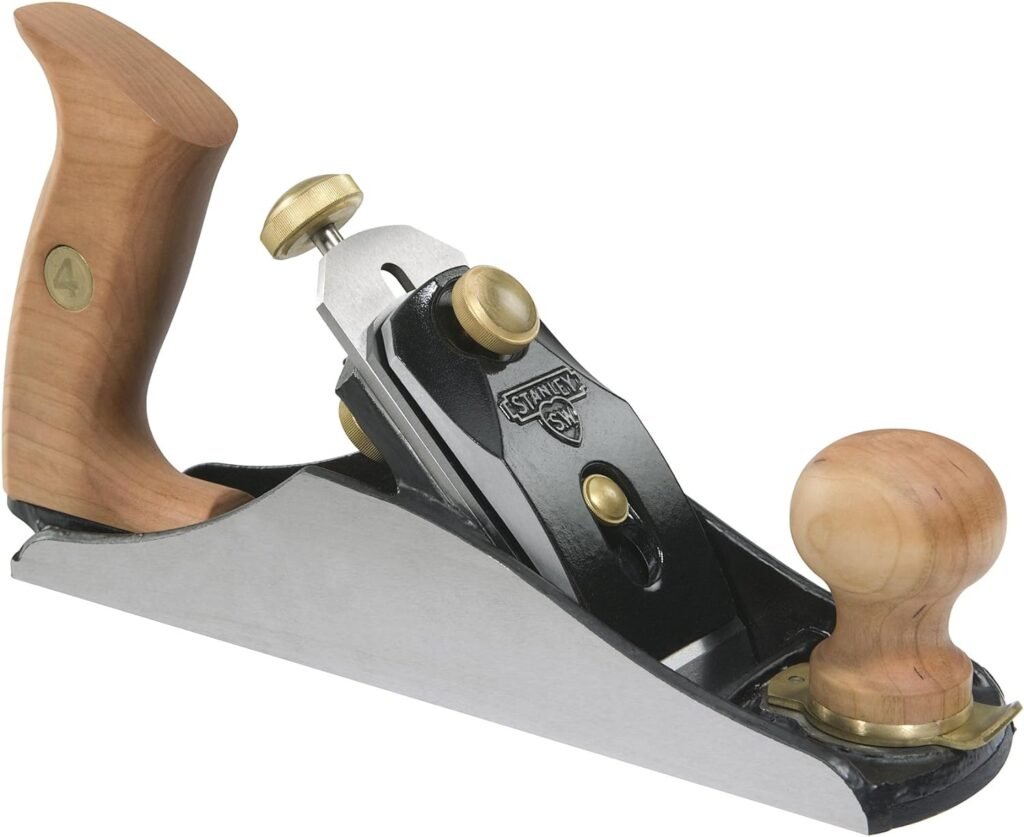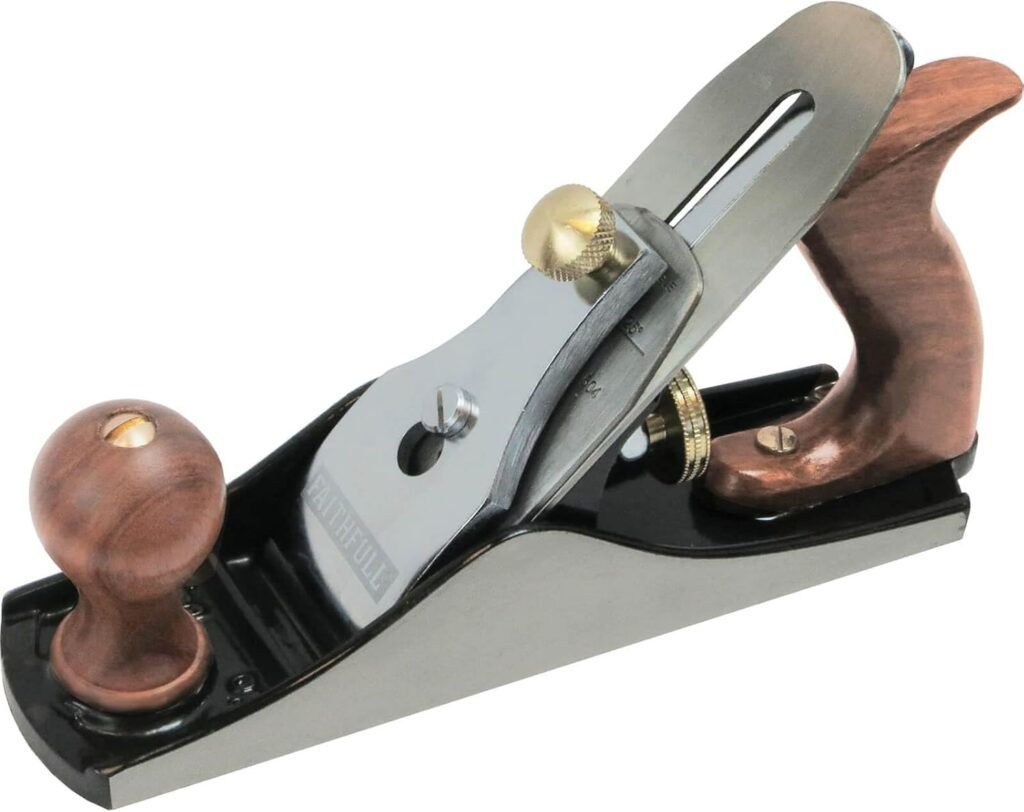Clicking on Amazon Services LLC Associates Program links on our site may earn us a commission. We provide unbiased overview of products and your support keeps us honest and objective. Thank you for helping us continue our work. Learn More →
Smoothing Planes
top picks
a Tool for Every Job

Smoothing planes play a critical role in achieving a fine finish on wood surfaces. For tradespersons particularly those specializing in cabinetry, furniture making or detailed woodworking, smoothing planes offer the precision and control necessary to create surfaces that are both aesthetically pleasing and functionally perfect. These tools are designed to remove very thin shavings of wood allowing for the elimination of minor imperfections and achieving a surface that is ready for finishing. The use of a smoothing plane requires skill and a keen eye for detail, attributes that are well honed in professional tradespersons who rely on these tools to deliver high quality results that meet the exacting standards of their clients.
They open up a world of possibilities in home woodworking projects. Whether refurbishing old furniture, building new pieces or engaging in detailed woodworking crafts a smoothing plane provides the ability to achieve professional level finishes. The accessibility of smoothing planes means that even those new to woodworking can develop the skills needed to use them effectively. A smoothing plane is not just a tool but a gateway to learning and mastering the art of fine woodworking. Its application transforms projects from rough amateur efforts into polished refined pieces that reflect care and craftsmanship.
Both tradespersons and DIYers benefit from the versatility and precision of smoothing planes. These tools bridge the gap between rough shaping and final finishing making them essential for any woodworking toolbox.
BUYERS GUIDE
Smoothing Planes
Quality of Materials and Construction:
The first factor to consider is the quality of materials and construction. A high quality smoothing plane is typically made with a body of durable cast iron or high quality steel ensuring it can withstand regular use and maintain its integrity over time. The blade often made from high-carbon steel should be capable of holding a sharp edge for extended periods reducing the need for frequent sharpening.
Blade Sharpness and Adjustability:
Blade sharpness and adjustability are crucial for achieving the fine finishes that smoothing planes are known for. Look for planes with finely adjustable blades allowing you to set the depth of cut with precision. A sharp blade is essential for producing smooth tear free surfaces, so ensure the plane you choose has a reputation for maintaining a sharp edge.
Ergonomics and Comfort:
Comfort and ergonomics play a significant role, especially during extended use. A smoothing plane with a well-designed handle that fits comfortably in your hand will reduce fatigue and improve control. The weight of the plane should be balanced, providing enough heft to glide smoothly over the wood while remaining manageable.
Versatility for Various Tasks
Versatility and Functionality:
While primarily used for finishing surfaces some planes offer additional features such as adjustable mouths which can help control the size of shavings and improve performance on different types of wood. This versatility can enhance your ability to achieve the desired finish on a variety of woodworking projects.
Maintenance and Longevity:
Maintenance is another important aspect to consider. Choose a smoothing plane that is easy to maintain with accessible components for cleaning and sharpening. Proper maintenance can significantly extend the lifespan of your plane ensuring it remains a reliable tool in your workshop for years to come.
Brand Reputation and Customer Reviews:
Researching the reputation of the brand and reading customer reviews can provide valuable insights into the quality and performance of a smoothing plane. Established brands known for their craftsmanship and reliability are often a safer choice. Customer reviews can reveal real world experiences highlighting strengths and potential issues with specific models.






